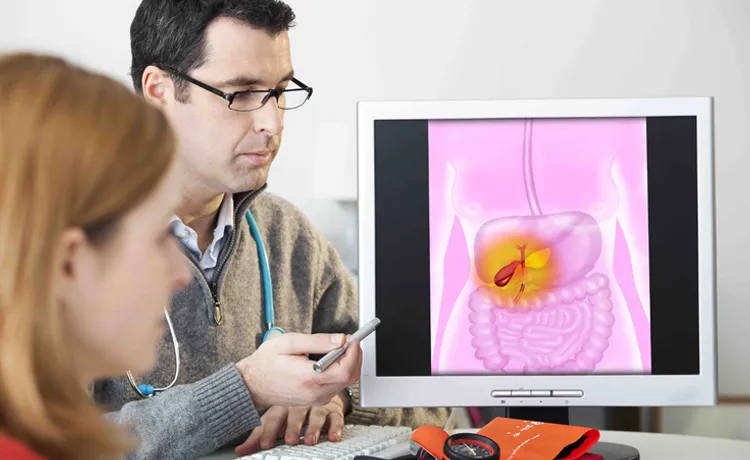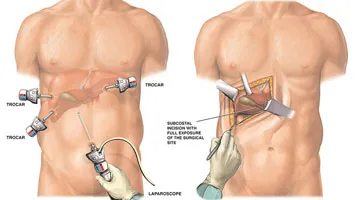Available At
View Location
We provide diagnostic and therapeutic endoscopy services with wide spectrum.

Women, 20%; men, 5%, although there is formidable ethnic predilection with gallstones endemic in INDIA. Gall stones more prevalent in north india.
Percentage of asymptomatic gallstones convert to symptomatic gallstones
10% at 5 years, 15% at 10 years, and 18% by 15 years.
The incidence of gallbladder perforation in patients with acute cholecystitis?
5 Percent.

10% of all cases of cholecystitis.
Open, 1%; laparoscopic, 0.1%.
No. The risk of observation of patients with asymptomatic gallstones is less than or equal to the risk of operation.
Within 72 hours of the onset of symptoms. Procedures performed within the first 48 hours generally are easier because the area of dissection is not yet maximally inflamed. Fibrosis and increased blood vessel proliferation have not yet occurred.